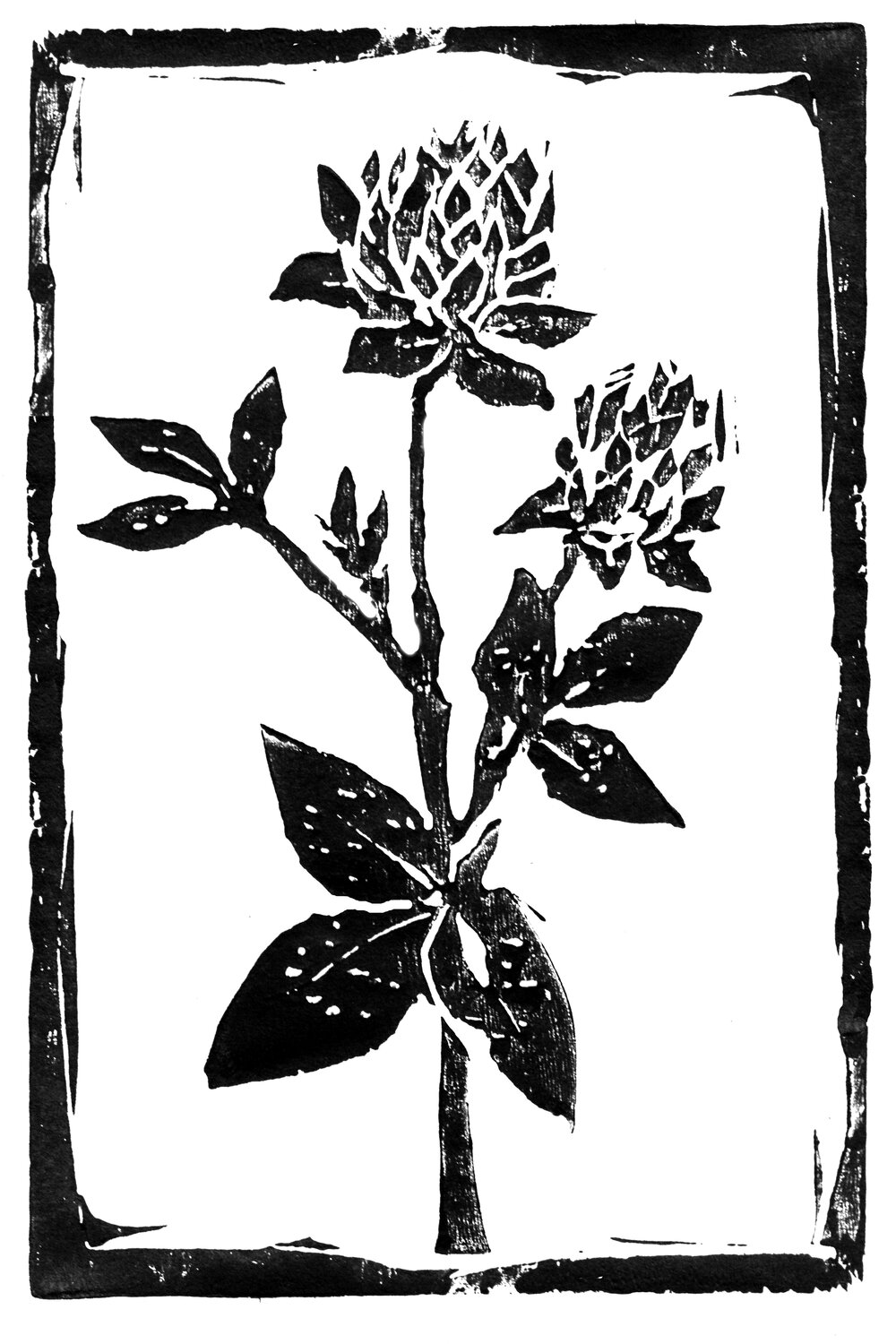Issue #14 September 7, 2016
The Share
Garlic
Summer Squash
Corn
Green Beans
Peppers
Tomatoes
Watermelon or Muskmelon
Arugula
Pac Choi
Picking Garden
Oregano Thyme Sage
Chives Mints Sorrel
Chamomile Summer Savory
Marjoram Zataar Oregano
Parsley Basil Dill Cilantro
Borage Shiso Okra Hot
Peppers Cherry Tomatoes
Tomatillos Husk Cherries
Flowers
Zinnias Ageratum
Bachelor’s Buttons
Nasturtium Amaranth
Cleome Tithonia Statice
Strawflower Sunflower
Harvesting
Late summer is here and we are spending the majority of our time harvesting and preparing for winter. The summer crops are still at their peak, and I can’t quite believe that we will have frost in a month. We’re giving out the last of our watermelons and muskmelons today— they have been so bountiful and delicious this year!
Potato Harvest Day
We are looking for help with our big potato harvest. Join in and help harvest the rest of our potatoes! The date is Thursday,
September 15th. Rain date is 9/16. We’ll start at 9 and plan to finish around noon.
Winter Squash and Pumpkin Harvest Day
Come and help us bring in the squash and pumpkins! On Wednesday, September 21, we will start at 2 and plan to be done by 5. Rain date 9/22.
Upcoming Events at the farm
This Friday, there will be a native plant walk to Fred’s Falls led by David Hunt. Come and learn about our native flora and see our hidden waterfalls. Meet in the farm driveway at 5:30.
This Saturday the DEC will be sampling the Quackenkill for invertebrates. Come over Saturday morning to help out!
-Aaron
"Lord, it is time.
The summer was very big.
Lay thy shadow on the sundials,
and on the meadows let the
winds go loose.
Command the last fruits that they
shall be full; give them another
two more southerly days,
press them on to fulfillment and
drive the last sweetness into the
heavenly wine."
- Rainer Maria Rilke
Corn-Tomato Relish
Try with black bean cakes or savory corn waffles!
Kernels from 2 ears corn, about 1 1/2 cups
1 paste tomato, seeded and diced
1/4 small onion, diced
1-2 serrano chiles to taste, chopped
juice of 1 lime or to taste
salt
1 tbsp chopped cilantro
Blanch corn in a small pot of boiling water about 30 seconds; drain and dry. Toss corn with
tomato, onion and chile. Add lime juice to taste, season with salt and stir in cilantro. Cover and
refrigerate 30 minutes before using.
Fresh Corncakes
I know we’re only giving out 4 ears but I think the recipe will still work since you only need 1 1/3 cup. I bet a diced red pepper would be a nice
addition for a savory version.
6 ears corn, husked
milk
1 1/4 cups flour
1 cup cornmeal
2 tbsp sugar
1 tbsp baking powder
1 tsp baking soda
1 tsp salt
2 eggs, slightly beaten
3 tbsp oil
maple syrup, warmed
Grate the corn in a bowl using a box grater. You should have 1 1/3 cups. Add enough milk to make 2 cups.
Stir together flour, cornmeal, sugar, baking powder, baking soda and salt. Make a well and add eggs, corn and oil. Stir well.
Heat oven to 200. Place 4-6 plates in oven to keep warm, if desired. Heat a cast iron or nonstick pan over medium heat. Slick
with oil.
Pour batter onto griddle to make 4 inch cakes. Cook until bubbles appear and bottoms are browned, about 2 mins. Turn and cook another minute. Keep warm in the oven before serving.
adapted from Serving Up the Harvest by Andrea Chesman

















